Over the past few weeks I’ve spent my evenings exploring the rails, photographing at one of my favorite times of the day – sunset. While one generally loses the illumination of the sun’s rays, you gain a multitude of colors in the sky… and to me, there is just something magical about that.
In terms of night photography – or at least, what railfans tend to think about night photography – one usually uses artificial lights to illuminate a posed, unmoving train. Though it seems to be the en vogue thing to do these days, I see little reason to do so other than “because we can.” Most seem to do it for the novelty, or because all the “cool kids” are doing it. Many that take part look to evoke the work of O. Winston Link, arguably the best night railroad photographer ever (though Jack Delano, whose photographs I featured last week, was also an accomplished night photographer – it was never really his “claim to fame,” however). Unfortunately, most fall flat in their endeavor to “be like Link.” While I can see the merits of photographing steam trains at night (the lower light allows one to capture sweeping plumes of smoke from the engine), I see little reason to do it with modern trains. After dark I find it far more fun to capture not the train itself, but the train’s movement, and its environment.
Because of the low ambient light, long exposure photography allows one to record the movement of the train, rendered as blurs of light. In order to get a proper exposure, your camera shutter is open for longer – in some cases for 15 seconds or more (thus a stable resting place, preferably a tripod, is required). Done right, any moving object in the frame shows up as a blur, or a streak. Modern electric trains, like Metro-North’s M7s and M8s, with their shiny and smooth exteriors and LED lights lend themselves to this, becoming graceful blurs. Instead of artificial light, one uses the “natural” (or as natural as the light off a cityscape could be), and the intense colors of a sunset to evoke a completely different mood. Since I don’t really have a post lined up for this week, I figured I’d share some of my recent photographs taken at sunset, or at night… and maybe convince some of you that there is fun to be had after dark, far away from the now all too common “night photo sessions.”
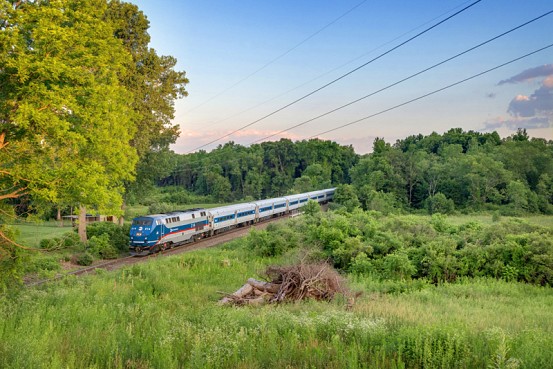
The sun fades, and the colors of sunset slowly begin to appear on the Upper Harlem Line in Dover Plains.
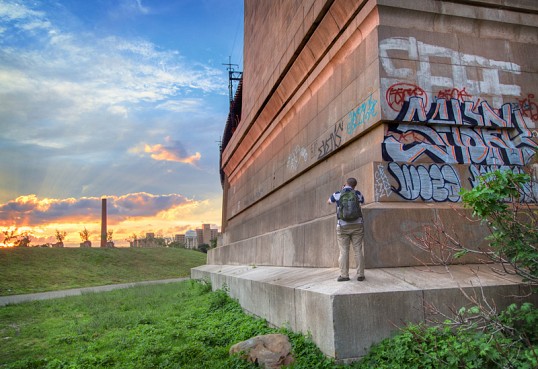
An imposing graffiti-covered support for the Hell Gate Bridge at sunset.
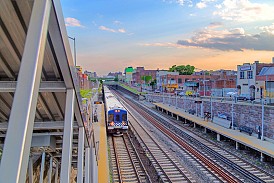 Â
 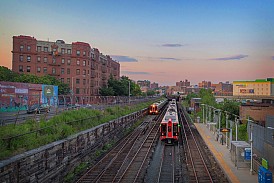
Colorful skies over Metro-North stations in the Bronx – Tremont and Melrose.
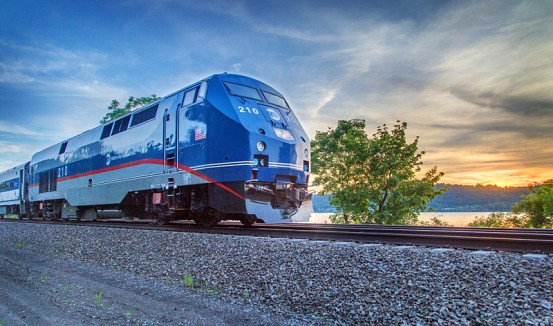
The sun sets over the Hudson River, near New Hamburg.
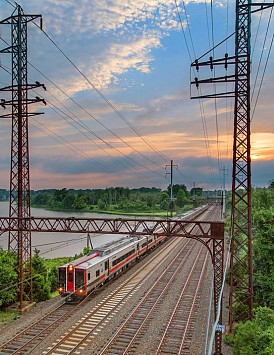 Â
 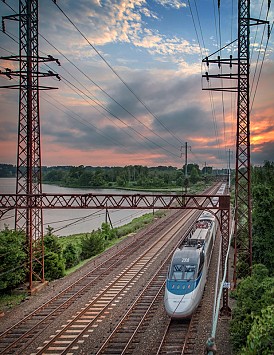
Sunset over the Northeast Corridor, near Sherwood Island State Park in Westport, Connecticut.
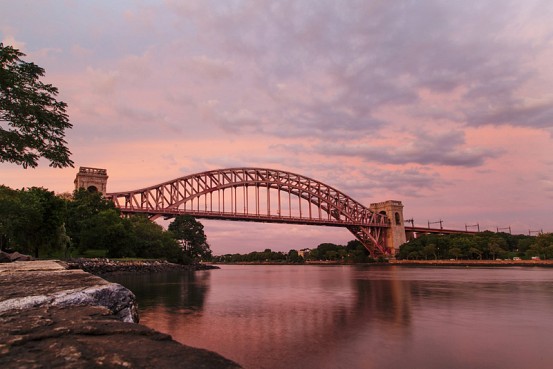
A pink sky over Amtrak’s Hell Gate Bridge.
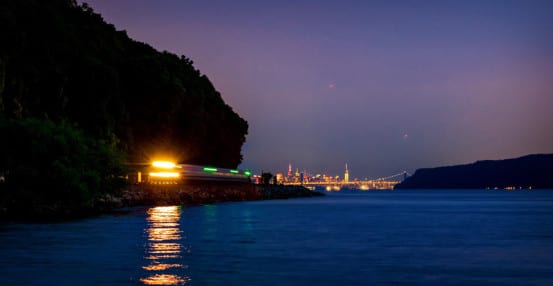
The headlight of an M7 reflects against the waters of the Hudson River at Dobbs Ferry.
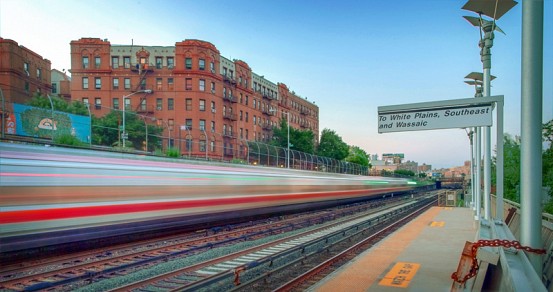
The fun part of later hour photography is the motion blur, like this shot at Melrose station…
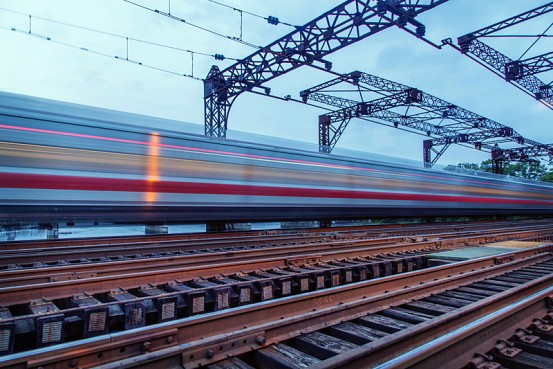
…or this one at the Saugatuck River Bridge…
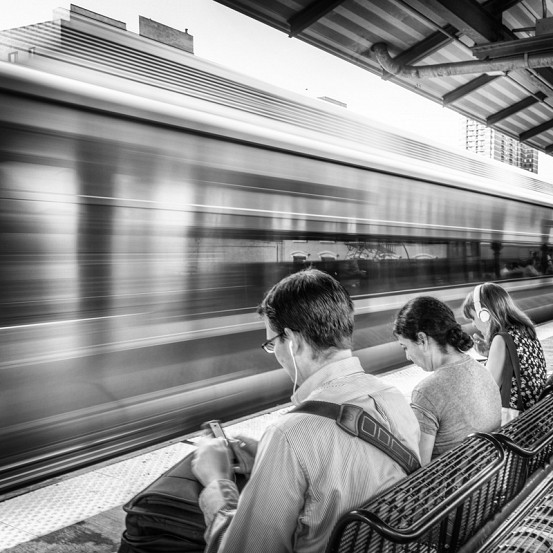
…and even this one at Harlem-125th Street.
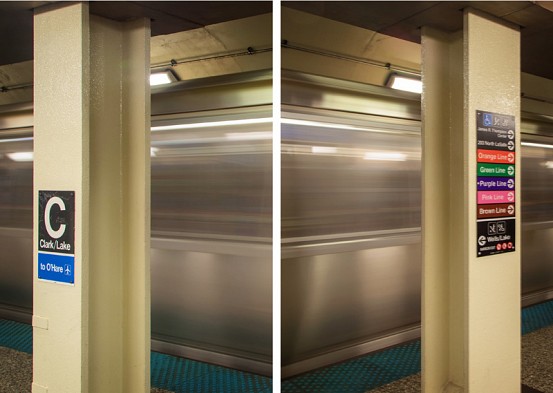
The low-light of a subway system makes long-exposure photography easy, like these two examples on Chicago’s Blue Line.
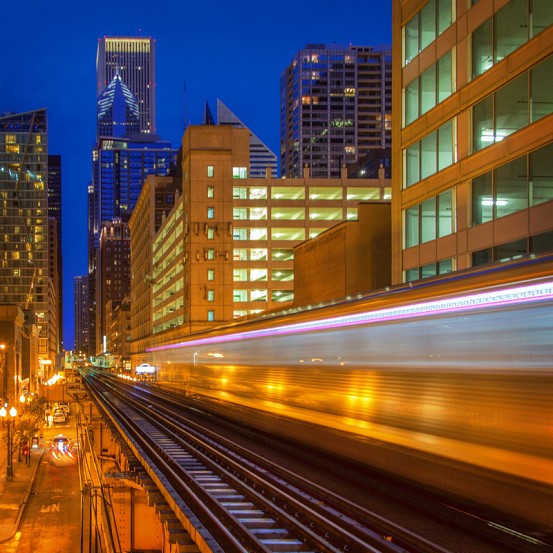
While a tripod is best, a nice fence or support in which to rest your camera also works, as seen here on this Chicago L platform.
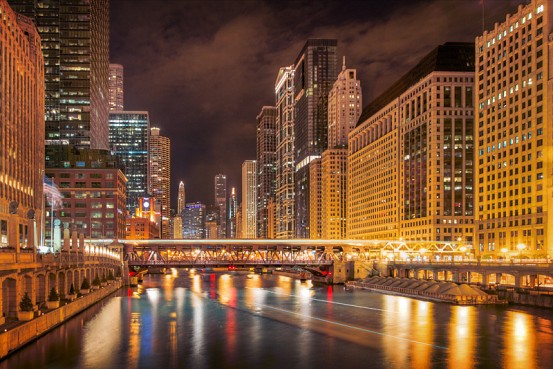
A Brown Line train and a ferry boat are just mere streaks of light as they pass over the Chicago River. In this instance, the camera’s shutter was open for 20 seconds.
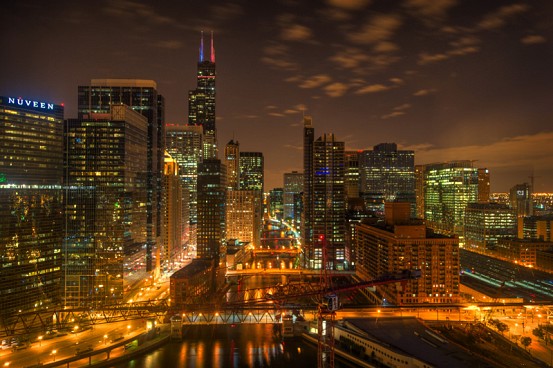
Let the light of the city shine in the ultimate version of long exposure photography. In this case, the Chicago skyline. The tracks of the Ogilvie Transportation Center are just visible at right.


Great photos!
Outstanding!
Flash photos at night can be done well, or it can be done poorly. I’ve seen a lot in between: neat-looking at first, but rather boring once the novelty wears off.
I’m glad that somebody is calling it out for just being cliché rather than a hazard to train crews. Unless you’re pointing it into the cab at close range, it’s a complete non-issue. I’ve been “flashed” twice: I missed the flash entirely the first time and only noticed it the second time because I was looking straight at the lights. Even then, it was just a quick, not-all-that-bright flash!
I absolutely agree with you on using longer exposure instead. With these shiny passenger trains, the effect is quite nice!
Great shots, Emily. The second Chicago shot brought back memories of Rebecca DeMornay and Tom Cruise in “Risky Business.” Look it up on Imdb if it was before your time.
Amazing shots Emily! Great Job! Have you considered making a extra large print of one of them for wall framing?